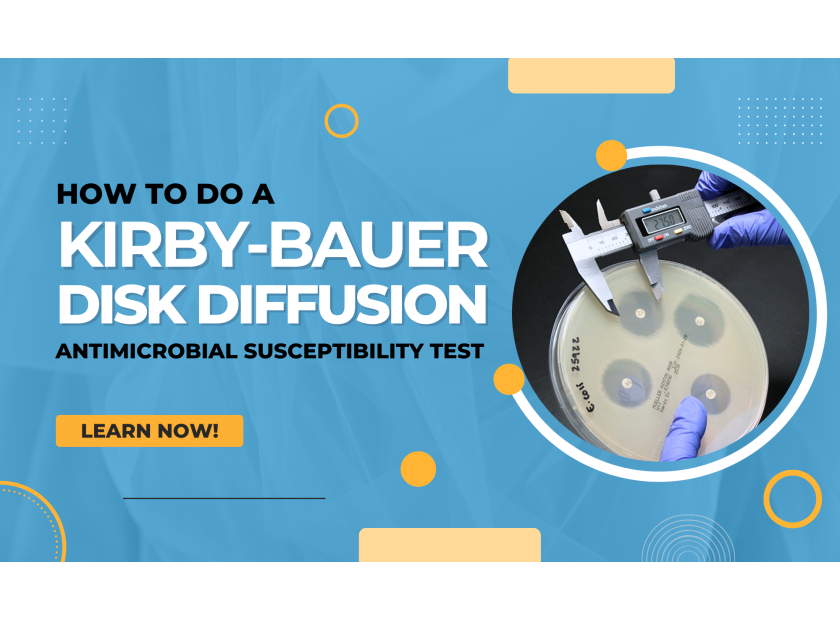Laboratory Tutorials
-
Posted: June 03, 2024Read More
Wright-Giemsa Stains, derived from the once groundbreaking Romanowsky stains, are stains used in hematology and cytology studies to differentiate cells in microscopic examinations of peripheral blood and bone marrow specimens. Review our latest tutorial to learn more...
-
Posted: May 28, 2024Read More
Performing an acid-fast stain is a crucial technique in the field of microbiology, especially when it comes to identifying mycobacteria, such as Mycobacterium tuberculosis, the causative agent of tuberculosis. This staining method distinguishes acid-fast bacteria from non-acid-fast bacteria based on the unique properties of their cell walls. In this tutorial, we will guide you through the step-by-step...
-
Posted: May 13, 2024Read More
In this comprehensive tutorial, we will walk you through the step-by-step process of preparing culture media Petri plates, covering everything from selecting the right media to sterilization techniques and plate pouring methods. By the end of this guide, you'll be equipped with the knowledge and confidence to create your own batches of culture media Petri plates with precision and efficiency...
-
Posted: April 22, 2024Categories: Laboratory TutorialsRead More
In this tutorial, we will guide you through the catalase test procedure, explaining its principle, materials required, step-by-step execution, and interpretation of results. By the end of this guide, you'll have the skills to confidently perform and interpret catalase tests, empowering you to accurately identify Staphylococcus and Streptococcus strains in your microbiological investigations....
-
Posted: February 05, 2024Read More
The purpose of the Kirby-Bauer disk diffusion susceptibility test is to determine the in vitro susceptibility of bacteria and fungi to various antimicrobial compounds. It is a standardized test that can be performed in a laboratory setting and is a valuable tool for both clinicians and microbiologists...
-
Posted: January 04, 2024Read More
Carbapenem-resistant Enterobacterales or CRE, are a group of gram-negative bacteria that are resistant to “last line” antibiotics and are very challenging to treat. These microorganisms may confer their resistance via the production of a carbapenemase, an enzyme that inactivates carbapenem antibiotics.
The five most common types of carbapenemases are KPC,...
-
Read More
If you are familiar with microbiology, then you are probably aware of the fact that the Gram stain is one of the most important techniques within the lab. Gram staining does not only detect bacteria, it differentiates between gram-positive and gram-negative.
Although there are automated systems, manual Gram staining is still a widely used method. This is because of it's innate accuracy...
-
Posted: May 05, 2023Categories: Laboratory TutorialsRead More
Are you struggling to properly streak a Petri plate? Then you've come to right place.
In this blog, we will thoroughly describe a method called, the Four Quadrant Streak. While there are other techniques, this particular method ensures proper isolation of a colony from a larger sample. The purpose of the four quadrant method is to reduce the number of colonies from an area of high concentration...














